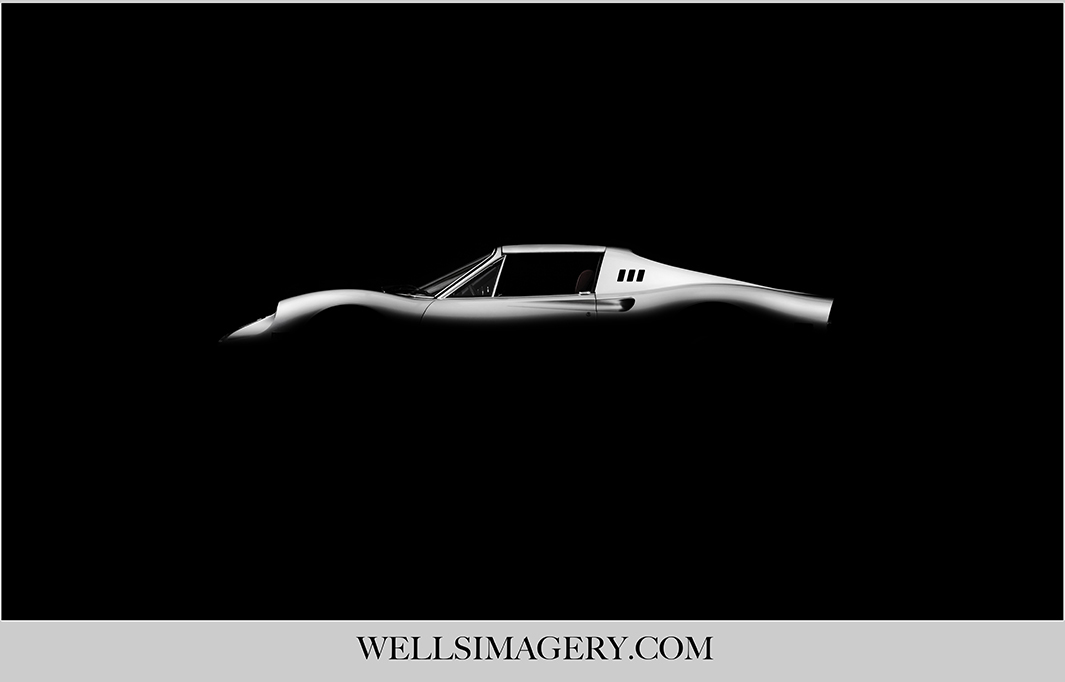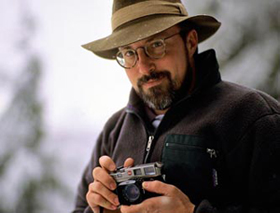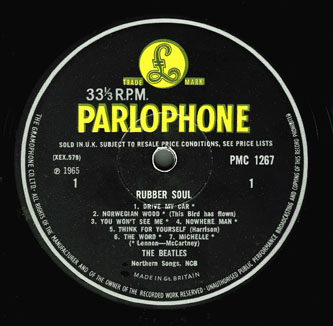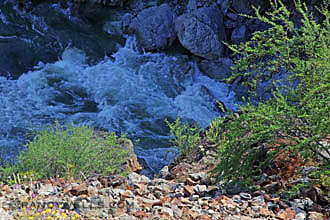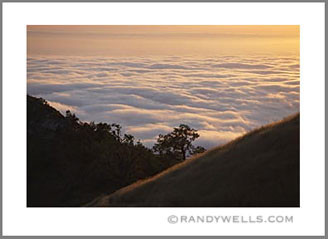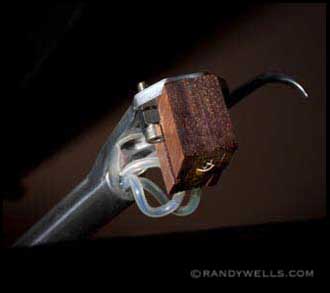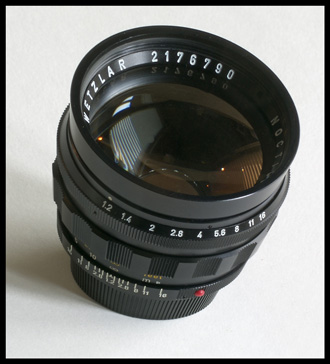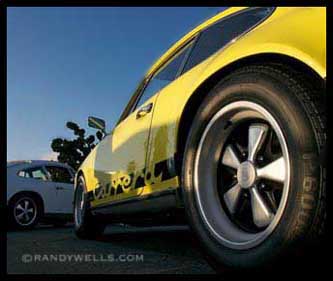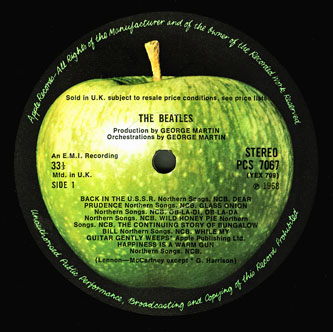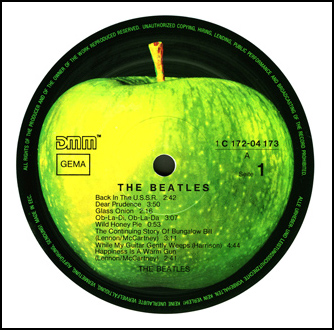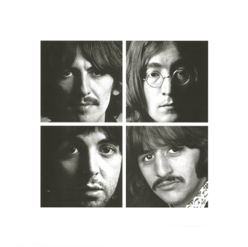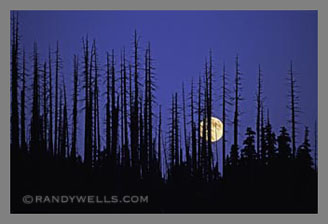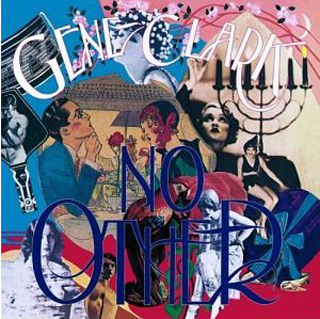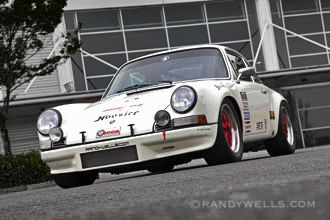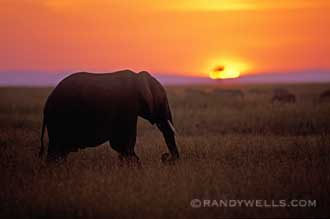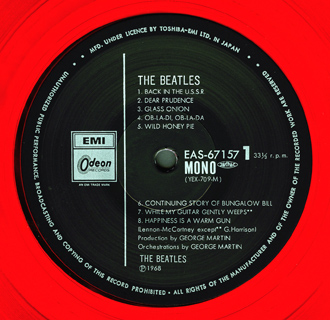
THE BEATLES PART 2: Choosing a MONO Pressing
The blank cover of The White Album was perhaps symbolic of the Fab Four’s reluctance to reveal their internal disintegration. Lennon and McCartney still shared songwriting credit, but were being pulled apart by their differing creative and philosophical interests. As a result they were composing almost exclusively on their own. Their songs, along with George Harrison’s, covered a wide variety of emotions – joy, disdain, empathy, boredom, hope, sadness, love, anger, even hysteria. The White Album not only stretched the rules, it broke them.
By 1968, stereo albums were becoming increasingly popular, and this would be the last Beatles album to receive a dedicated mono mix (1969’s Yellow Submarine mono soundtrack is a fold down). The mono mix of The White Album differs from the stereo version on several songs. This makes for interesting listening for those who are intimately familiar with the US LPs – released in stereophonic sound only. One example is Eric Clapton’s guitar solo on “While My Guitar Gently Weeps”, which is more modulated and goes on longer before the fade-out. Continue reading “”
